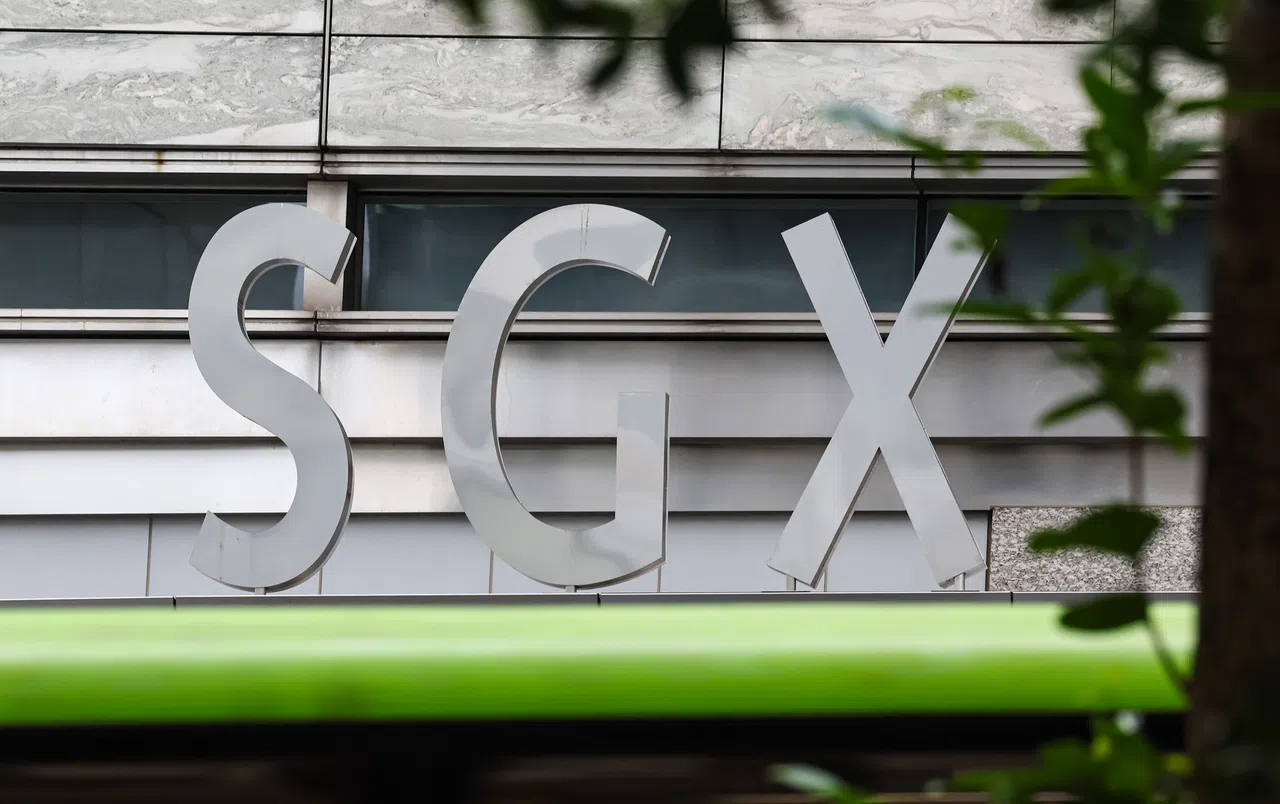[ad_1]
SEA’S Shopee has raised the commissions it charges merchants in many core markets by about a third since the start of the year, underscoring the South-east Asia e-commerce leader’s renewed attempt of boosting its bottom line.
The moves, which have not previously been reported, reflect Sea’s growing confidence it can retain merchants in key markets, despite competition from TikTok, Temu and Lazada. Its commission now exceeds its rivals’, with its fee in Thailand rising to as much as 13 per cent in July from 10 per cent previously, according to its website. TikTok charges as much as 8 per cent and Lazada up to 10 per cent, according to a JPMorgan report. The commissions are also known as take rates and are levied as a percentage of a product’s sale or transaction price.
The fee hikes show that Singapore-based Sea feels secure in its own efforts to become a crucial partner to merchants, helped by the e-commerce pioneer’s broad user base and well established delivery services. Yet the strategy is risky – PDD Holdings’ Temu and ByteDance’s TikTok have quickly gained users, and sellers could jump ship if they deem Sea’s services too pricey.
With the company expected to report on Tuesday (Aug 13) that it returned to profit in the second quarter, investors will want to see if its e-commerce arm has the power to raise fees without losing its market dominance. It now needs to prove it can accelerate growth in gross merchandise volume as well as pad its bottom-line after a ruthless cost-cutting drive helped it bolster its margins.
US-traded shares of Sea jumped 1.2 per cent in premarket trading Monday on the news of the fee increases.
Shopee has been raising fees much quicker than before – twice this year for many of its core markets in South-east Asia including Indonesia and Philippines, said Simon Torring, co-founder of e-commerce research firm Cube Asia. Competitors have also raised commissions, making it less likely for merchants to shift away from Sea.
BT in your inbox

Start and end each day with the latest news stories and analyses delivered straight to your inbox.
“Last year, we saw a constant trade-off between GMV growth versus profit,” said Torring, whose firm has closely tracked e-commerce commissions across the region. “This quarter’s earnings report could show investors that the rise in take rates have been accepted by sellers and, if it translates fully to the bottom line, that South-east Asia e-commerce could be a profitable play.”
A Sea representative declined to comment.
After falling for two years, Sea’s volatile shares have gained 60 per cent this year as investors assess its chances of warding off rivals and becoming sustainably profitable.
Net income in the second quarter through June probably fell 82 per cent to US$60 million, according to the average of analysts’ estimates. That’s even as revenue is expected to have risen 20 per cent. Shopee’s gross merchandise volume, or the value of goods sold, probably increased by about 24.7 per cent from a year earlier. It is scheduled to report results on Tuesday before the US markets open.
Sea’s Shopee leads South-east Asia’s cut-throat e-commerce market, but new contenders are moving to the region of 675 million people where more and more shoppers are going online. Besides Temu and TikTok, Sea also faces competition from Shein and Alibaba Group Holding’s Lazada. BLOOMBERG
[ad_2]
Source link




